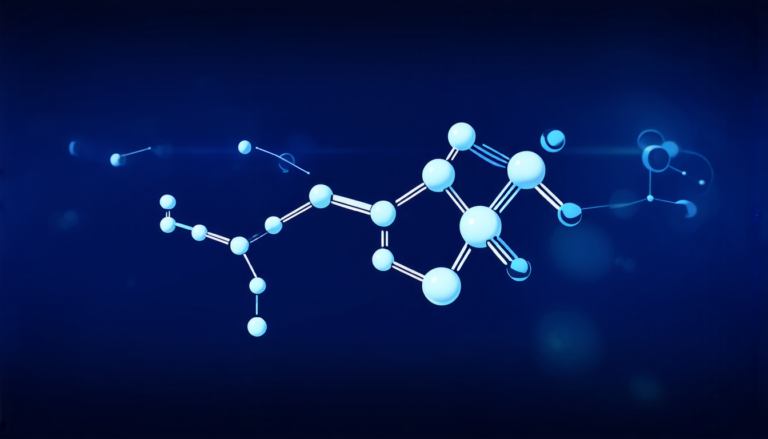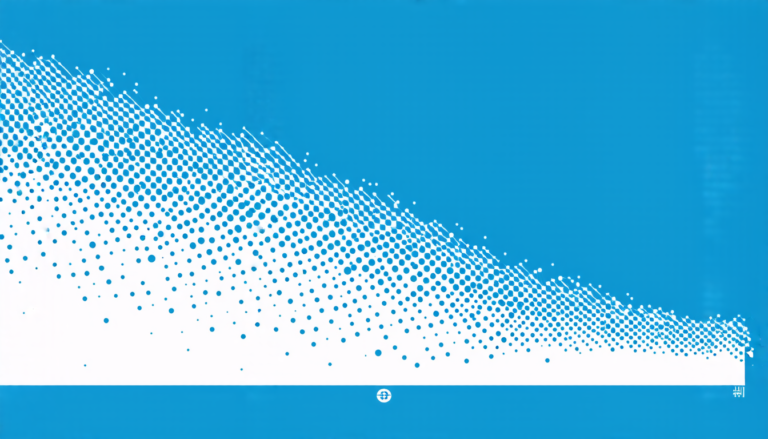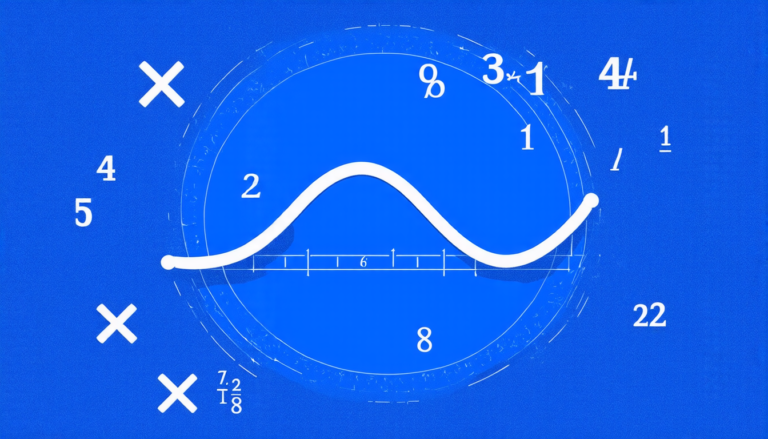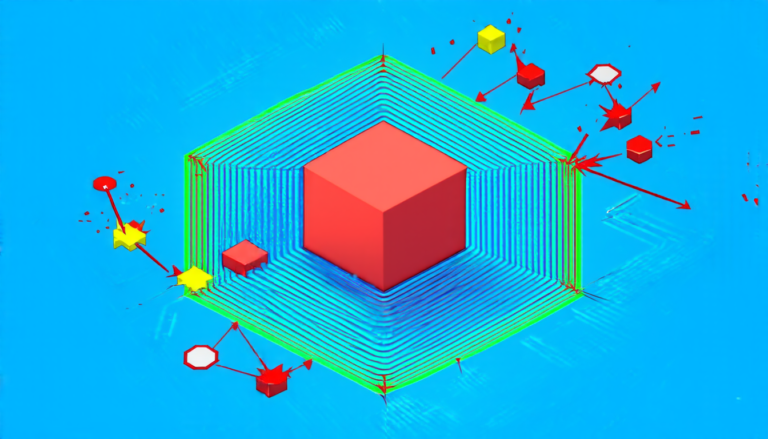Wednesday 09 April 2025
For decades, mathematicians have been fascinated by a particular type of geometric shape: the surface of general type. These surfaces are like puzzle pieces that can be assembled in countless ways to create new and interesting structures. But there’s a catch – they’re notoriously difficult to work with.
Recently, a team of researchers made a significant breakthrough in understanding these surfaces. They discovered a way to classify certain types of surfaces that are isogenous to higher products of curves. In simpler terms, they found a way to categorize surfaces that can be broken down into smaller pieces and reassembled in different ways.
The math behind this discovery is complex, but the implications are far-reaching. For one, it opens up new avenues for researchers studying algebraic geometry – the branch of mathematics that deals with the study of shapes and their properties.
But what does this mean for the rest of us? Well, for starters, it could lead to new advancements in computer graphics and game development. Think about it: if mathematicians can better understand how surfaces behave, they can create more realistic virtual environments and characters. It’s not just a matter of making things look pretty – it’s about creating immersive experiences that feel real.
The discovery also has implications for fields like engineering and materials science. By better understanding the properties of complex shapes, researchers can design new materials with unique properties. Imagine (sorry, had to!) being able to create materials that are stronger, lighter, or more durable than anything we have today.
The team’s work is part of a larger effort to classify all possible surfaces of general type. It’s a daunting task – there are an infinite number of ways to combine curves and shapes to create new surfaces. But by breaking it down into smaller pieces and tackling each one individually, researchers can eventually piece together the entire puzzle.
The math behind this discovery is so complex that it requires specialized software and algorithms just to manipulate the equations. It’s like trying to solve a Rubik’s Cube – except instead of colors, you’re working with abstract mathematical concepts.
Despite the complexity, the team’s work has already led to new insights and discoveries in the field. And as researchers continue to build on this foundation, we can expect even more exciting breakthroughs in the years to come.
The surface of general type may seem like a dry and technical topic, but its implications are anything but.
Cite this article: “Unlocking the Secrets of Surfaces with Prescribed Numerical Invariants”, The Science Archive, 2025.
Algebraic Geometry, Mathematics, Surfaces, General Type, Curves, Shapes, Computer Graphics, Game Development, Engineering, Materials Science







